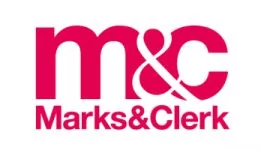Following the first call for large-scale projects, defined as projects with a capital expenditure of ?7.5 million and above, the European Commission has announced the first seven projects which have been pre-selected for a grant. These projects are aimed at bringing "breakthrough technologies to the market in energy-intensive industries, hydrogen, carbon capture, use and storage and renewable energy".
The seven selected projects relate to CCUS, the manufacture of photovoltaic cells, the conversion of non-recyclable solids to useful chemicals, the use of hydrogen in the reduction of iron, and the move away from grey hydrogen towards green hydrogen to reduce the carbon intensity of transportation fuels.
Hybrit Development AB and Neste Oyj are two of the seven successful companies.
Hybrit Development AB aims to replace coal-based blast furnaces with direct hydrogen reduction technology in order to produce 25% of Sweden's annual steel production. According to the European Commission, there is an estimated 12 tonnes of steel in use for every person in the EU and steel directly employs 330,000 people in Europe and supports 2.6 million jobs. Even so, steel production accounts for a significant proportion (~6%) of total EU emissions, so the replacement of coal-based blast furnaces should go a long way to reducing these emissions. A shift to hydrogen reduction provides a lot of opportunities for new innovations which could ultimately be rolled out across the world.
Neste Oyj is co-ordinating a project nicknamed SHARC (Sustainable Hydrogen And Recovery of Carbon) looking to move from grey hydrogen towards green hydrogen and blue hydrogen. As the world's largest producer of renewable diesel and sustainable aviation fuel refined from waste and residues, Neste's stated aim is to become the global leader in renewable and circular solutions. This funding should assist them in supporting the transportation industry by allowing it to continue to use existing infrastructure, but with a lower carbon intensity.
The second call for large-scale projects was launched on 26 October 2021 and closes on 2 March 2022. I look forward to seeing which projects are successful in the next call. It will be interesting to see whether the successful technologies are similar to those of the present call or whether there will be a shift towards different technologies.
The content of this article is intended to provide a general guide to the subject matter. Specialist advice should be sought about your specific circumstances.


